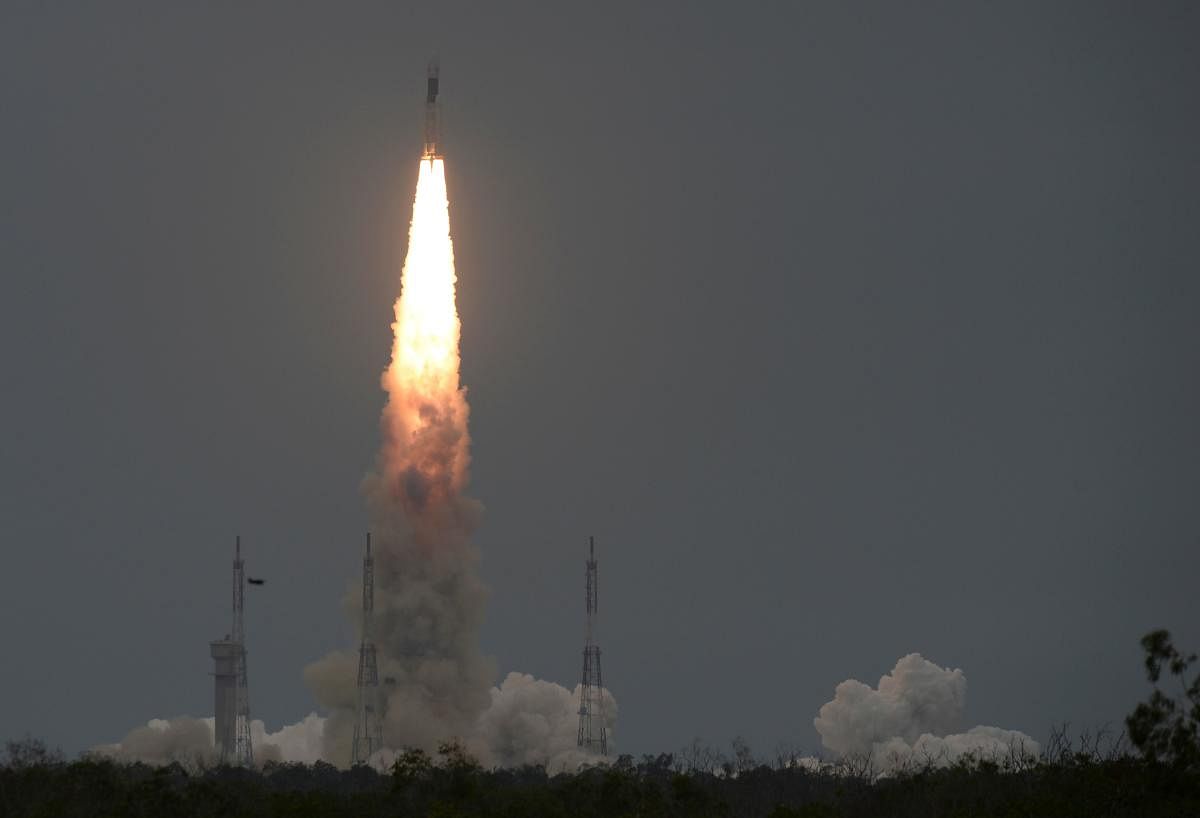
The extension of the Chandrayaan-2 Orbiter’s life to a mind-boggling 7.5 years around the Moon has given the Indian Space Research Organisation (Isro) a massive boost. The high-resolution cameras and other modules aboard the Orbiter will bring home the Moon in unprecedented detail.
Here’s a glimpse of the modules aboard the Orbiter, a critical component of the mission:
Orbital High Resolution Camera:
The OHRC will capture the lunar surface from different angles. The images will be used to generate DEMs (Digital Elevation Models).
Although the cameras cover a small area of 12 km x 3 km with a ground resolution of 0.32 m, the envelope over a seven-year period can be expanded to cover the entire lunar surface.
Terrain Mapping Camera
TMC 2 is a miniature version of the one used onboard the Chandrayaan 1 mission. Its primary objective is mapping the lunar surface in the panchromatic spectral band (0.5-0.8 microns) with a high spatial resolution of 5 m and a swath of 20 km from 100 km lunar polar orbit. Isro says, “ the data collected by TMC 2 will give us clues about the Moon's evolution and help us prepare 3D maps of the lunar surface.”
CLASS Spectrometer
The Chandrayaan-2 Large Area Soft X-Ray Spectrometer measures the Moon's X-ray Fluorescence (XRF) spectra to examine the presence of major elements such as Magnesium, Aluminium, Silicon, Calcium, Titanium, Iron, and Sodium. The XRF technique will detect these elements by measuring the characteristic X-rays they emit when excited by the Sun's rays.
Imaging IR Spectrometer
The IIRS has two primary objectives: Global mineralogical and volatile mapping of the Moon in the spectral range of about 0.8-5.0 µm for the first time, at the high resolution of about 20 nm; and complete characterisation of water/hydroxyl feature near 3.0 µm for the first time.
IIRS will also measure the solar radiation reflected off the Moon's surface in 256 contiguous spectral bands from 100 km lunar orbit.
DF SAR Radar
The dual frequency (L and S) SAR will provide data on the lunar sub-surface with a range of resolution options and incident angles. This will help ISRO understand the scattering properties of permanently shadowed regions.
The main scientific objectives of this payload are: High-resolution lunar mapping in the polar regions, quantitative estimation of water-ice in the polar regions.